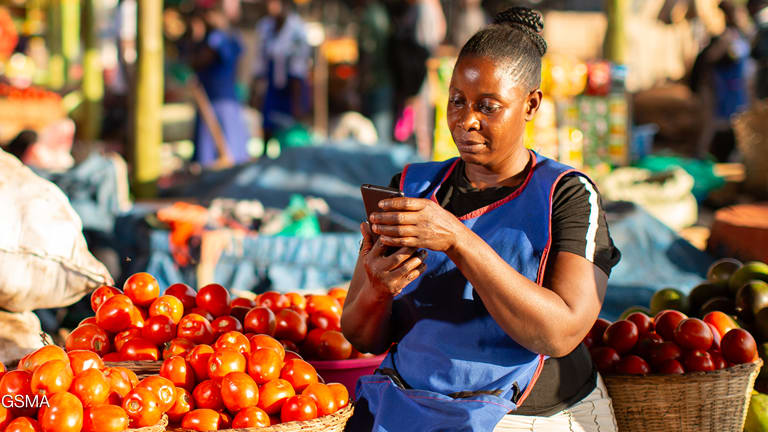
From Ukraine to Yemen, we see that women and girls often bear the brunt of crises, including increased risk of gender-based violence. As humanitarian crises have deepened, progress on gender equality has been set back. In a time of unprecedented humanitarian needs — estimated at a record $43 billion — women-led organizations also need to be a key part of the solution.
New research published by Development Initiatives shows that aid supporting women and girls is not keeping pace with rapidly increasing needs and that only a very small proportion of available funding is reaching vitally important local organizations.
Beyond protecting current levels of support, governments and multilateral institutions should significantly increase longer-term, flexible funding for women and girls.
—Donors should act now to increase funding to promote gender equality and empowerment of women and girls, provide more support directly to women’s organizations, and improve reporting to reveal the full scale of the funding gap.
Escalating need
Although the volume of humanitarian funding for these issues has risen since 2018, escalating need means that responses are still critically underfunded. For instance, efforts to address gender-based violence were consistently underfunded: Between 2018 and 2021 just under a third of GBV funding requirements were met each year.
The situation is particularly worrying when considering the limited pool of donors choosing to prioritize funding in this area. Development Initiatives found that from 2018 to 2021, 87% of gender-specific international humanitarian assistance came from just 10 donors, meaning a cut from just one — as we saw last year by the United Kingdom — could considerably impact support for women and girls in crisis settings.
More resources for local women’s organizations
Women’s organizations are first responders to crises, and yet they are overlooked when it matters most. The COVID-19 pandemic took a “devastating toll” on women and girls’ safety and made it much harder to deliver lifesaving GBV response services. While local women’s organizations took on additional responsibilities to fill the gap, the International Rescue Committee’s recent research found they remain under-resourced and underrepresented in the humanitarian system.
As well as being excluded from planning, small local women’s organizations face additional barriers to accessing funding from donors with steep financial and compliance requirements that only larger organizations can typically meet. This leaves many of them in a vicious cycle of instability, unable to sustain efforts to protect women and girls in the communities they serve.
Development Initiatives’ research found that direct funding for local organizations remains a minuscule proportion of total reported gender funding, with the vast majority still going to international NGOs or United Nations agencies. Concerningly, we have actually seen a decrease in funding to local organizations, from 4.8% of all international humanitarian gender funding in 2018 to 3.1% in 2020.
The challenge of tracking gender funding
Adding to the challenge is the fact that tracking gender funding is complicated and time-consuming. Currently, reporting by governments that give aid to humanitarian data platforms is voluntary and inconsistent, and there is no standard way to mark gender spending, making it difficult to see how much is allocated and disbursed and where funding is going. What is clear is that there is a huge and growing need to provide support for women and girls in crisis settings and that current funding efforts fall far short.
We urgently need to reverse this trend. Beyond protecting current levels of support, governments and multilateral institutions should significantly increase longer-term, flexible funding for women and girls.
To ensure that resources are truly meeting the needs of women and girls in crises, it is critical that they are involved in decisions on how money is spent. Where possible, funding should be provided directly to women’s organizations working in crisis settings, which are best placed to support their communities. Lastly, to ensure that we know how much is needed and the full extent of the gap, governments, U.N. agencies, and international NGOs should consistently report gender funding allocations and spending to aid data platforms.
At a time of unprecedented need, the global humanitarian system must take unprecedented action — and fast.









